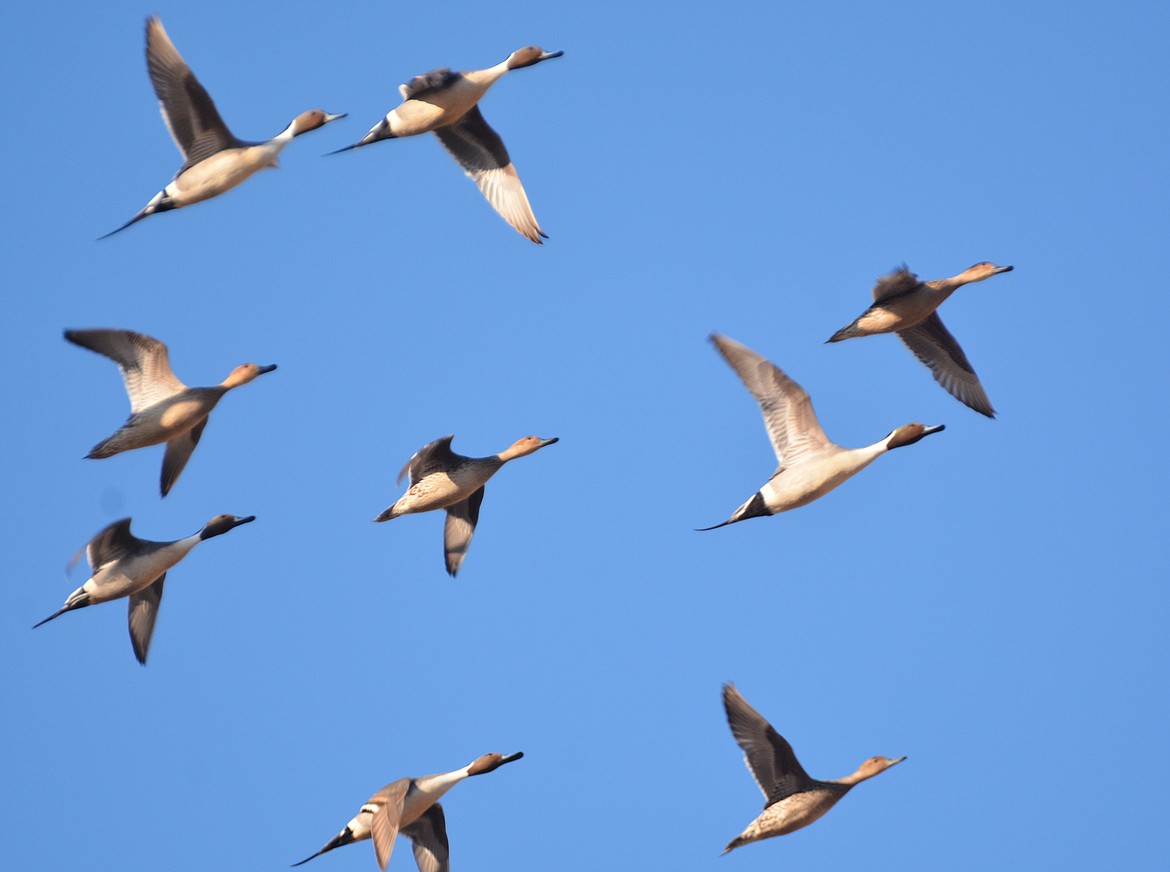Northern pintail duck: The greyhound of the air!
“Advice from a duck; dive into your life, let troubles roll off your back, take time to preen, look beneath the surface, shake your tail feathers and don’t quack up!”
— Yourtruenature.com
When I visited the McArthur Lake Wildlife Management Area, the Kootenai National Wildlife Refuge and the Boundary Creek/Smith Creek Wildlife Management Area last week I saw many waterfowl migrating north to Alaska and the Arctic tundra...
Become a Subscriber!
You have read all of your free articles this month. Select a plan below to start your subscription today.
Already a subscriber? Login




